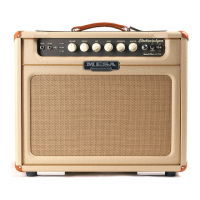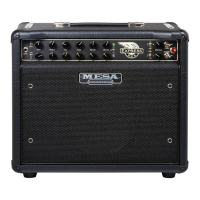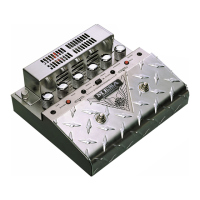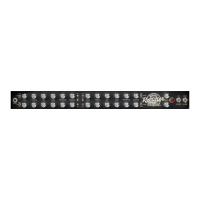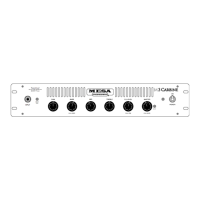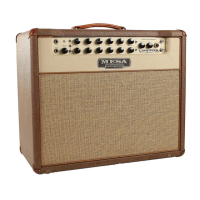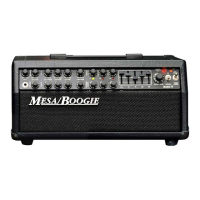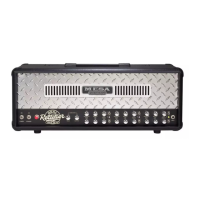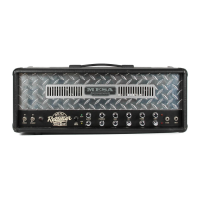PAGE 11
5 WATT
This position (switch down) reconfigures everything in your power section! The operating Class is also switched to
Class A Pentode, which is far less efficient - but produces smooth, rich, silky harmonics and warm low end. Many of the most prized
vintage amplifiers were built with this operating class. Now here is where we get tricky and this is the basis of our patent. The wiring
configuration is switched as well - from Push-Pull to Single-Ended. This configuration - the first way tubes were ever wired – is again
far less efficient but puts emphasis on the even order harmonics. Among these are the second harmonic that lives one octave above
the notes that are being played and they’re the most pleasing of all harmonics. They sound sweet and add a fullness to the sound
like no other, almost like a super subtle octaver that is way back in the mix. Push-Pull circuits cancel out this second harmonic when
the wave form is split in half and each half is amplified separately and the sweet second harmonic is replaced by the punchier “odd-
order” third harmonic. Though less pleasing, the 3rd harmonic helps things cut through the mix and add power, thus the substantially
louder impact of the Push-Pull configuration. Use the 5 WATT setting anytime you want the sweetest little amp response at home or
in the studio. It produces gorgeous clean sounds at very low volumes and when pushed, clips in the coolest way…even beyond our
favorite vintage classics.
The tone and versatility of this three mode power section leaves most other circuits with option envy. It’s truly like having three amps
in one package. And when you start combining the power choices with the myriad of sounds in the two Channels, the possibilities
for authentic and inspiring sounds are near limitless.
SOLO CONTROL:
The SOLO™ control is a footswitchable Master Volume that enables a boost in volume for the whole amp.
Here you can to dial up a preset amount of boost and switch to it when it’s time to step out for solo passages or any time you want to
showcase a part. Simply set your desired overall playing level with the Channel MASTER Controls, Select SOLO
on the Express Plus Footswitch and set the desired increase in volume level with the SOLO control.
NOTE: The SOLO control may only be used to increase the volume beyond the level of that set by the Channel
MASTER Controls. You cannot use the SOLO to switch to a level lower than that set by the Channel MASTER
Control.
NOTE: Check the setting of the SOLO control before switching it in - as it may be set high and cause a shocking
increase in volume.
CHANNEL SELECT:
This 3 position mini toggle allows manual selection of the Channels when the Footswitch is not connected.
When the switch is in the CH. 1 (switch up) position Channel 1 will be activated and the green LED will be illuminated. The center posi-
tion labeled FTSW activates the footswitch. The lower position, CH. 2 (switch down) activates Channel 2 and the red LED will come on.
NOTE: When the Channel Select switch is in the FTSW (center) position and the Footswitch is not connected,
the default setting is Channel 1 active.
NOTE: The indicator LED above the CHANNEL button on the Footswitch is a dual-color type that tracks the colors
on the Front Panel Channel LED indicators. It will appear green in Channel 1 and change to red when Channel
2 is activated.
FrONT PANeL: CONTrOLS & FeATureS (Continued)
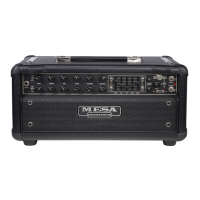
